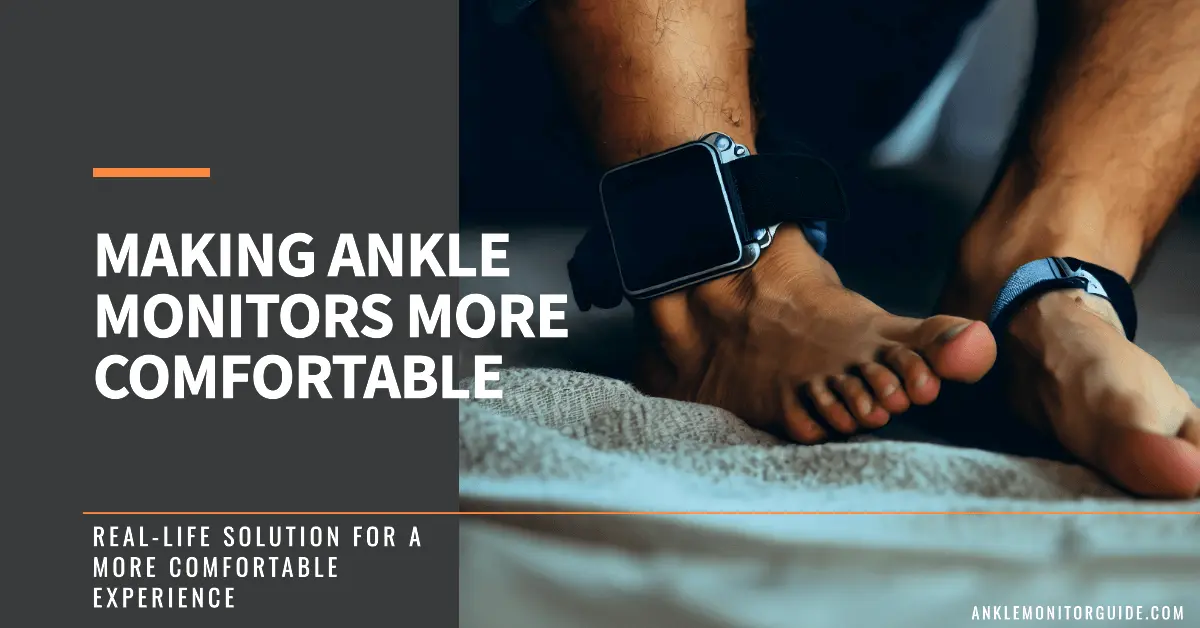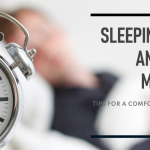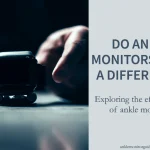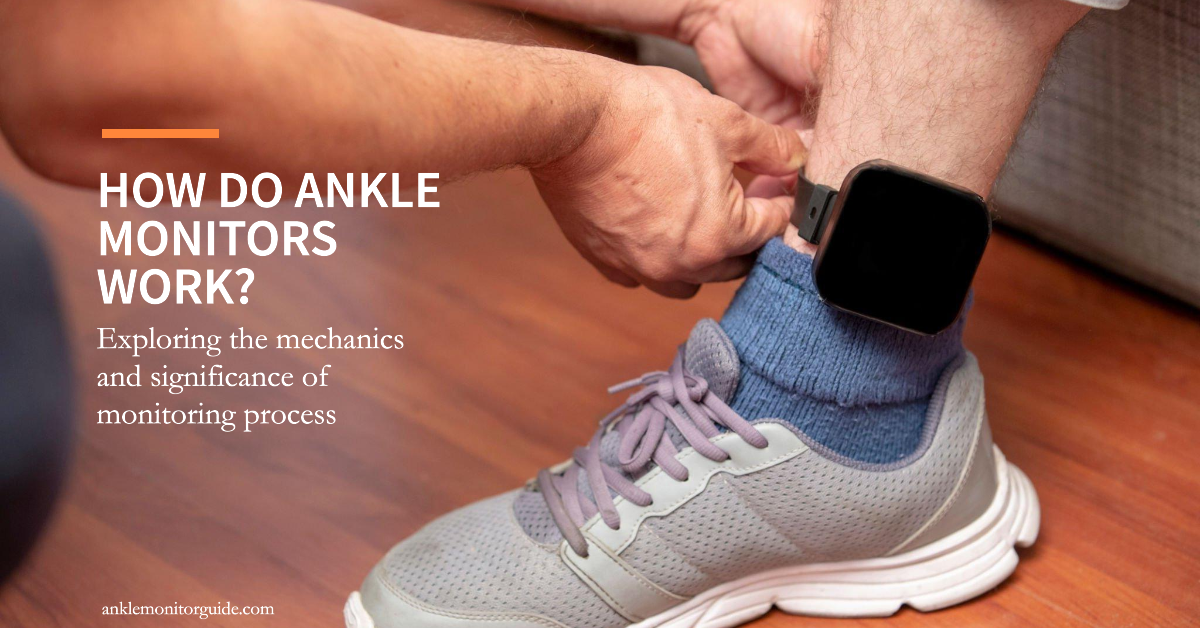Navigating life with an ankle monitor can present unique challenges, but it’s essential to recognize that comfort doesn’t have to be compromised during this period. Ankle monitors have become a common tool for law enforcement agencies, allowing individuals under house arrest, probation, or parole to lead semi-normal lives while still under supervision.
While necessary, these devices can sometimes cause discomfort and inconvenience. However, with a little knowledge and some practical tips, it becomes easy to make ankle monitor more comfortable. In this guide, we delve into practical strategies and tips that can help individuals find comfort while wearing an ankle monitor. Whether you’re a wearer seeking relief or a loved one searching for ways to support, these insights offer valuable guidance.
How To Make Ankle Monitor More Comfortable?
Living with an ankle monitor can be challenging, but the following practical tips can make it easier and more comfortable.
1. Get the Right Fit
The first step to ensuring comfort with an ankle monitor is to get the right fit. Here are some points to consider:
- The device should be snug but not too tight. It should not move around too much, but it also should not be so tight as to cut off circulation or cause skin irritation.
- There should be enough space to fit one or two fingers between the device and your ankle. If the device is causing discomfort, notify your probation officer or the monitoring company. They can adjust the fit or potentially provide a different device.
2. Acknowledging Initial Discomfort
Wearing an ankle monitor can initially feel unfamiliar and uncomfortable. It’s important to acknowledge these feelings and give yourself time to adapt. The monitor’s weight and presence may be noticeable at first, but with time, most individuals find that their awareness of it diminishes.
3. Maintain Hygiene
Maintaining good hygiene is crucial when wearing an ankle monitor. Regular cleaning can prevent skin irritation and infections. Here are some tips:
- Clean the Skin: Clean the area around the ankle monitor regularly with mild soap and water, ensuring no residue accumulates that could cause irritation. Pat the area dry gently to prevent chafing.
- Clean the Device: Wipe down the outside of the device with a damp cloth. Avoid using harsh chemicals that could damage the device.
4. Dress Appropriately
Choosing the right clothing is key to ensuring comfort. Opt for loose-fitting pants or skirts that accommodate the ankle monitor without causing friction. Soft, breathable fabrics can prevent skin irritation, and selecting longer styles can offer an added layer of discretion. If the device rubs against your skin, it works great to use padding or ankle monitor cover for additional comfort.
5. Monitor Battery Life
Most ankle monitors need to be charged daily. Keeping an eye on the battery life can prevent unpleasant surprises and added stress.
- Make charging part of your daily routine, such as when you sleep or watch TV.
- If you’re going to be away from home, bring a portable charger. This can be a lifesaver in case of emergencies.
6. Navigating Sleep Comfortably
Sleeping comfortably with an ankle monitor requires a few adjustments. Positioning a pillow beneath your ankle can help reduce pressure while lying down. Additionally, avoid sleeping on the side with the monitor to prevent discomfort. You can also consider investing in a foot support cushion or ankle heel elevator, specifically designed to provide comfort to the ankles during sleep. It will help you avoid constant contact or rubbing with the device due to discomfort.
Also Read: How To Sleep With An Ankle Monitor?
Maintaining Emotional Wellness
Taking care of your emotional well-being while navigating life with an ankle monitor is crucial for overall comfort and resilience. Balancing the practical aspects of wearing the monitor with your emotional needs can lead to a smoother journey. Here are key strategies to help you maintain emotional wellness throughout this experience and avoid psychological impact of ankle monitors.
a) Open Communication
If you feel any discomfort wearing an ankle monitor, don’t hesitate to communicate with your monitoring agency. They may provide guidance on adjusting the monitor or offer suggestions to alleviate discomfort.
b) Seeking Support
Coping with the presence of an ankle monitor can be emotionally challenging. Reach out to friends, family, or support groups to share your feelings and experiences. Connecting with others who have gone through a similar situation can provide valuable insights and comfort.
Striving for Freedom Within Monitoring Constraints
Embracing a sense of freedom while wearing an ankle monitor involves finding ways to make the most of your circumstances. Despite the limitations, there are opportunities to engage in activities and experiences that contribute to your well-being. Discover how you can maintain a sense of freedom and positivity during this phase of monitoring.
Exploring Allowable Activities
While there may be limitations, many activities are still feasible with an ankle monitor. Engaging in light exercises, spending time outdoors, and pursuing hobbies can help maintain a sense of normalcy and contribute to your overall well-being.
Embracing the Positive
Shift your focus from the limitations to the opportunities that still exist in your life. This could be a chance to reconnect with loved ones, discover new interests, or dedicate time to personal growth.
Dealing with Potential Issues
Like any device, ankle monitors can sometimes cause issues. Here’s how to deal with common problems:
- To prevent skin irritation, consider applying a hypoallergenic barrier, such as a thin layer of petroleum jelly, around the area where the ankle monitor rests. This can create a protective barrier between the device and your skin.
- If the device seems to be malfunctioning, contact your probation officer or the monitoring company immediately. Do not attempt to fix the device yourself.
- Remember that while monitoring constraints are in place, you still have the power to shape your experience. Be proactive in addressing challenges and implementing strategies to maintain your comfort and well-being.
Conclusion: Staying Comfortable with an Ankle Monitor is Possible
Comfort and an ankle monitor are not mutually exclusive. While wearing an ankle monitor can be an adjustment, it doesn’t have to be a constant source of discomfort. By implementing these practical tips and adopting a positive mindset, you can maintain a level of comfort and continue to carry out daily activities.
Remember, the ankle monitor is a tool for your transition, not a barrier to your life. The journey is temporary, and with the right strategies, you can maintain your well-being and peace of mind throughout the monitoring period.






